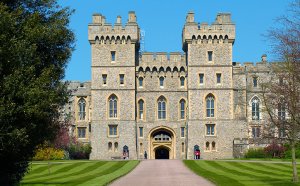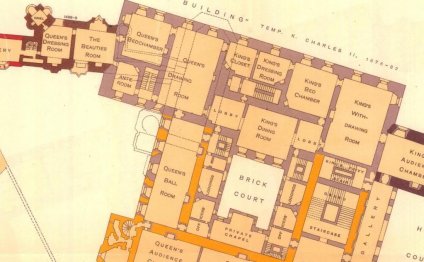
Windsor Castle floor Plan
Introduction to Windsor Castle
Together with Buckingham Palace in London and Holyrood Palace in Edinburgh, Windsor Castle is one of the principal official residences of the British monarch.
Most of the Kings and Queens of England have had a direct influence on the construction and evolution of the castle, which has been their garrison fortress, home, official palace, and sometimes their prison. The castle’s history and that of the British monarchy are inextricably linked. Its rich history spans almost 1000 years
Brief History of Windsor Castle
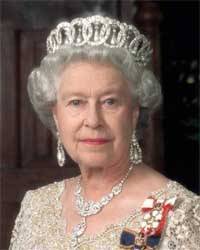 Windsor Castle was originally built by William the Conqueror, who reigned from 1066 until his death in 1087. The castle formed part of his defensive ring of castles surrounding London, the site chosen in part because of its easily defensible position. The building was basically a fortress, as opposed to a inhabitable residence.
Windsor Castle was originally built by William the Conqueror, who reigned from 1066 until his death in 1087. The castle formed part of his defensive ring of castles surrounding London, the site chosen in part because of its easily defensible position. The building was basically a fortress, as opposed to a inhabitable residence.
His successor William II is thought to have improved and enlarged the structure, but the Conqueror’s youngest son King Henry I was the first sovereign to live within the castle. He was conscious about security, and thought it was the safest place for him and his family.
From then on, centuries passed and many great leaders took habitat in the fortress. Improvements were made, and slowly more and more buildings were added to the overall structure.
It is accepted that Edward III was the monarch who began the transformation of the castle from a fortress to a comfortable residence. However, Henry VIII’s successor and son, King Edward VI (who reigned from 1547–1553), wrote while staying in the castle “Methink I am in a prison, here are no galleries, nor no gardens to walk in.”
Edward VI’s sister Queen Elizabeth I (who reigned 1558–1603) spent much of her time at Windsor and regarded it as the safest place in her realm and would retire here in moments of anxiety, as she described it: “knowing it could stand a siege if need be” While her statement suggests the castle was still very much a fortress, she too contributed to the transformation
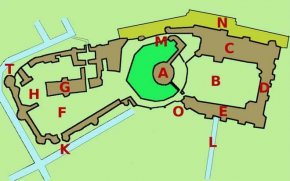 The Restoration of the monarchy in 1660 was to prove the first period of significant change to Windsor Castle for many years. Charles II did much to restore and refurnish the castle from the damage suffered during the civil war.
The Restoration of the monarchy in 1660 was to prove the first period of significant change to Windsor Castle for many years. Charles II did much to restore and refurnish the castle from the damage suffered during the civil war.
Following the death of Charles II in 1685, the Castle fell slowly into a state of neglect. Needless to say, while the precincts and park remained a complex of inhabited royal mansions, the sovereigns themselves preferred to live elsewhere.
It was not until 1804 – when King George III, the father of 13 children, needed a larger residence than could be found elsewhere – that the castle was once again fully inhabited.
It was during the reign of King George IV between 1820–1830 that the castle was to undergo the greatest single transformation in its history. George IV, known for his extravagant building at both Carlton House and the Royal Pavilion during his regency, now persuaded Parliament to vote him £300, 000 for restoration. The architect Jeffry Wyatville was selected, and work commenced in 1824.
The work took 12 years to complete and included a complete remodeling of the Upper Ward, private apartments, Round Tower, and the exterior facade of the South Wing which gave the castle its near symmetrical facade seen from the Long Walk.
Wyatville was the first architect to view the castle as one composition, rather than a collection of buildings of various ages and in differing styles. As an architect he had a preference for imposing symmetry, whereas the castle which had evolved piecemeal over the previous centuries had no symmetry at all. Wyatville imposed a symmetry of sorts on the existing buildings of the Upper Ward, by raising the heights of certain towers to match others, and refacing the Upper Ward in a Gothic style complete with castelated battlements to match the mediæval buildings.
Much of the interior of the Castle was given the same makeover treatment as the exterior. The work was unfinished at the time of George IV’s death in 1830, but was virtually completed by Wyatville’s death in 1840.
Following the accession of King Edward VII in 1901, the castle often remained empty for long periods, the new King preferring his other homes elsewhere. But then…
Who Lives In Windsor Castle
In 1952, Queen Elizabeth II came to the throne and decided to make Windsor her principal weekend retreat. The private apartments which had not been properly occupied since the era of Queen Mary were renovated and further modernised, and the Queen, Prince Philip and their (then) two children took up residence. This arrangement has continued to the present day.
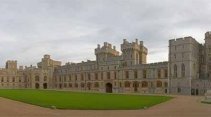
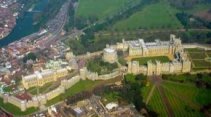
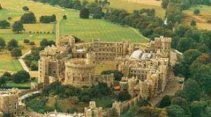
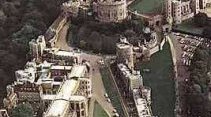
Share this Post
Related posts
Windsor Castle Plan
Key to numbered locations 1 - Nave - This is a good spot to view the slender Perpendicular Gothic columns which soar up to…
Read MoreWindsor Castle tickets deals
Windsor Castle , the largest and oldest occupied castle in the world, is one of the official residences of Her Majesty The…
Read More
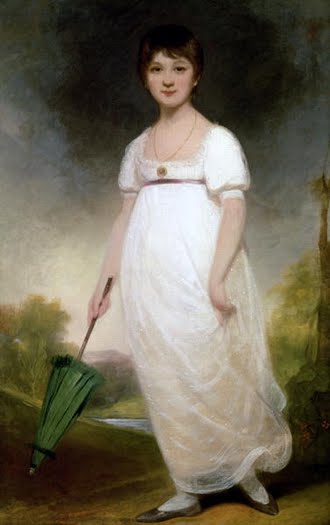 Ozias Humphry (or Humphrey) (8 September 1742 – 9 March 1810) was a leading English painter of portrait miniatures, later oils and pastels, of the 18th century. He was elected to the Royal Academy in 1791, and in 1792 he was appointed Portrait Painter in Crayons to...
Ozias Humphry (or Humphrey) (8 September 1742 – 9 March 1810) was a leading English painter of portrait miniatures, later oils and pastels, of the 18th century. He was elected to the Royal Academy in 1791, and in 1792 he was appointed Portrait Painter in Crayons to...

